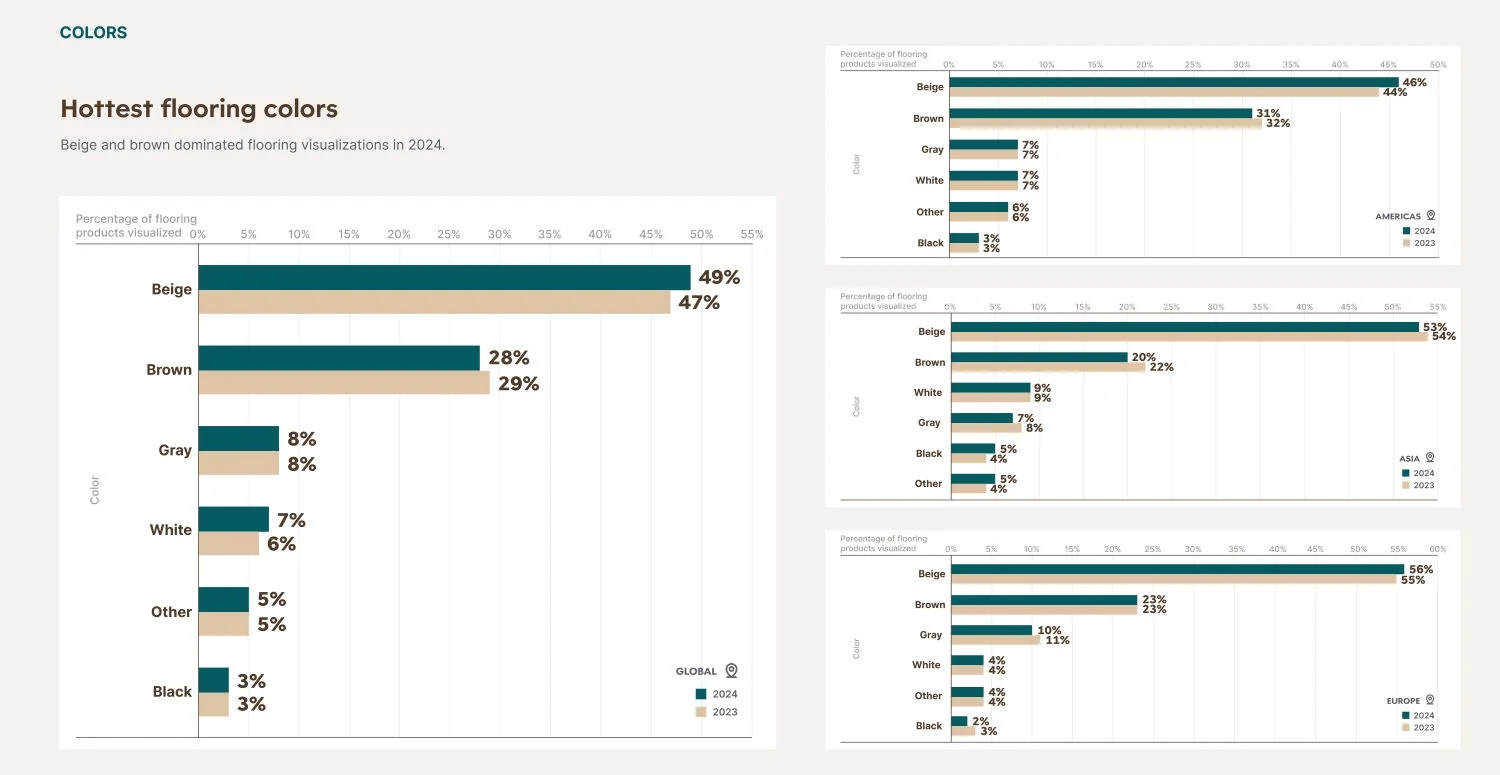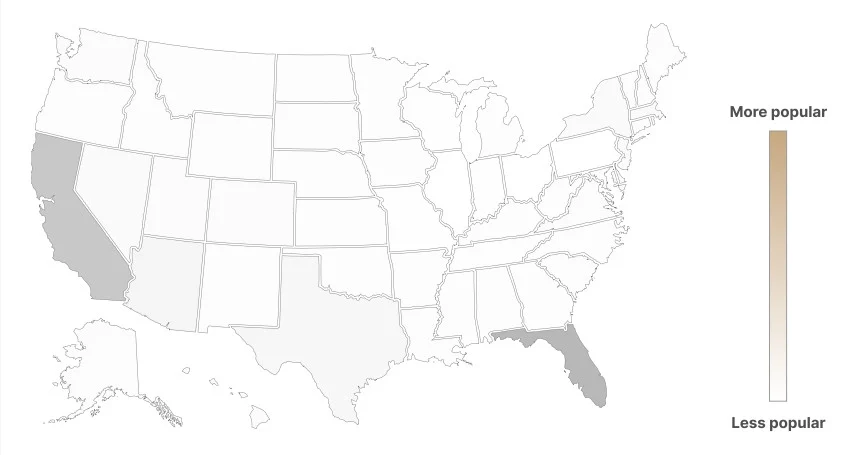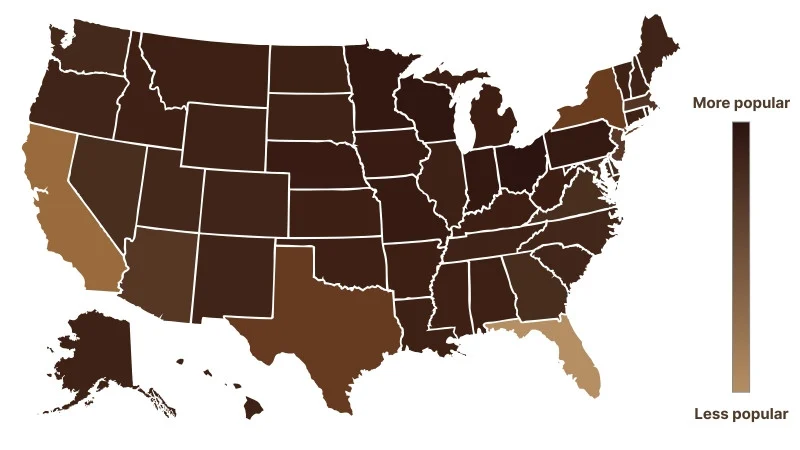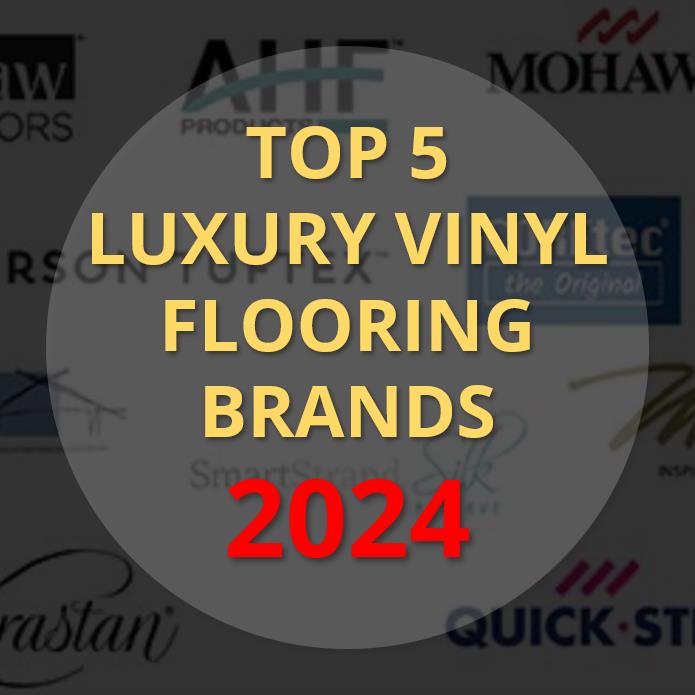Roomvo’s latest 2025 flooring trend report indicates that luxury vinyl flooring will remain quite popular from 2024 through 2025. Known as a room visualization technology leader, Roomvo closely collaborates with leading flooring brands across internationally. Their consumer interaction data has shown that America markets remains the biggest vinyl flooring market compare to other geographical markets. Though, Asia markets has also shown increased vinyl flooring consumer interests. European markets still show significant shares for flooring products like tiles, laminate, and hardwood. Roomvo’s 2025 report explores interactive data, providing key insights into geographical markets’ color trends.
Key Flooring Trends Reported by Roomvo
- Luxury vinyl tiles remain globally top visualization requests.
- Brand’s product launches indicate beige is the top and most popular flooring colors.
- Kitchens, living areas, and bathrooms receive the highest flooring visualization focuses.
Decorative Surface Material Choices
Roomvo’s data reveals highest visualization demands are for luxury vinyl products. Luxury vinyl flooring represents over 30% of all consumer interactive data. Interestingly, different geographical areas has shown diverse numbers, particularly for Europe and Asia markets.
Europe Focuses on Tile Flooring Products More
In Europe, luxury vinyl flooring accounts for just 13% of interactive data, while tiles exceed 27% presently. This data proves interesting implication as luxury vinyl flooring products are originated in Europe initially. LVT floorings has always been a very competitive products compare to the likes of hardwoods, tiles, and even laminates, so 13% of visualization demands seems unexpected entirely. Smaller European houses and recent economic pressures resulting in smaller renovation projects concentrating heavily on bathrooms and kitchens mostly explain this statistic.
Higher Preferences in Asia for Luxury Vinyl Flooring Products
The Asian market displays high visualization demand in luxury vinyl flooring categories. Over half of interactive data are generated from LVT products, likely suggests that the Asian market has an increasingly shift in preference towards luxury vinyl. Durability has always been a key consideration in Asian society, therefore traditionally floorings by tiles, marble, and porcelain has been the top homeowner materials choices. The distinctive spike rising from 41% to 54% in luxury vinyl shares might have some deep implications to the recent economy recessions in Asia, and durability in build materials might have lost its proposition as new generation of households explore for more budget friendly flooring products.
Floor Color Trends Across Areas
Top 4 Global Color Preferences Observed
- Beige
- Brown
- Grey
- White
Roomvo’s report indicates earth tone natural colors still are the leading consumer preference obviously. Beige collections account for 49% of partnered project visualizations globally overall. This suggests consumer flooring demands gravitate to beige presently, influencing the 2025 market trends. Brown collections are second, accounting for 28% of global project visualizations. Brown color collections appears distinctive less compare to the beige.
Grey color flooring has lost significant popularity over past three years in the flooring industry. The Grey colors only account for 8% of flooring visualizations totally. This indicates consumers still show very little interest in grey color tone floorings.

Floor Color Trends for United States Area
According to data from Roomvo, Arizona, California, Florida, and Texas consumers prefer beige more. Brown is becoming less popular specifically in Florida and California areas.


Comment: Statistic graphs don’t show correlations between beige and brown preferences. Graphs imply different interactive rates for beige and brown across the U.S. only.
Conclusion
The 2025 Flooring Trend by Roomvo has some statistical limitations to effective interpret the implications in the statistic results. There is limite as the recorded numbers only result from consumer interaction data related to visualizations only. Still, it provides some generic evidence supporting dynamic shift in color preferences across different markets.

